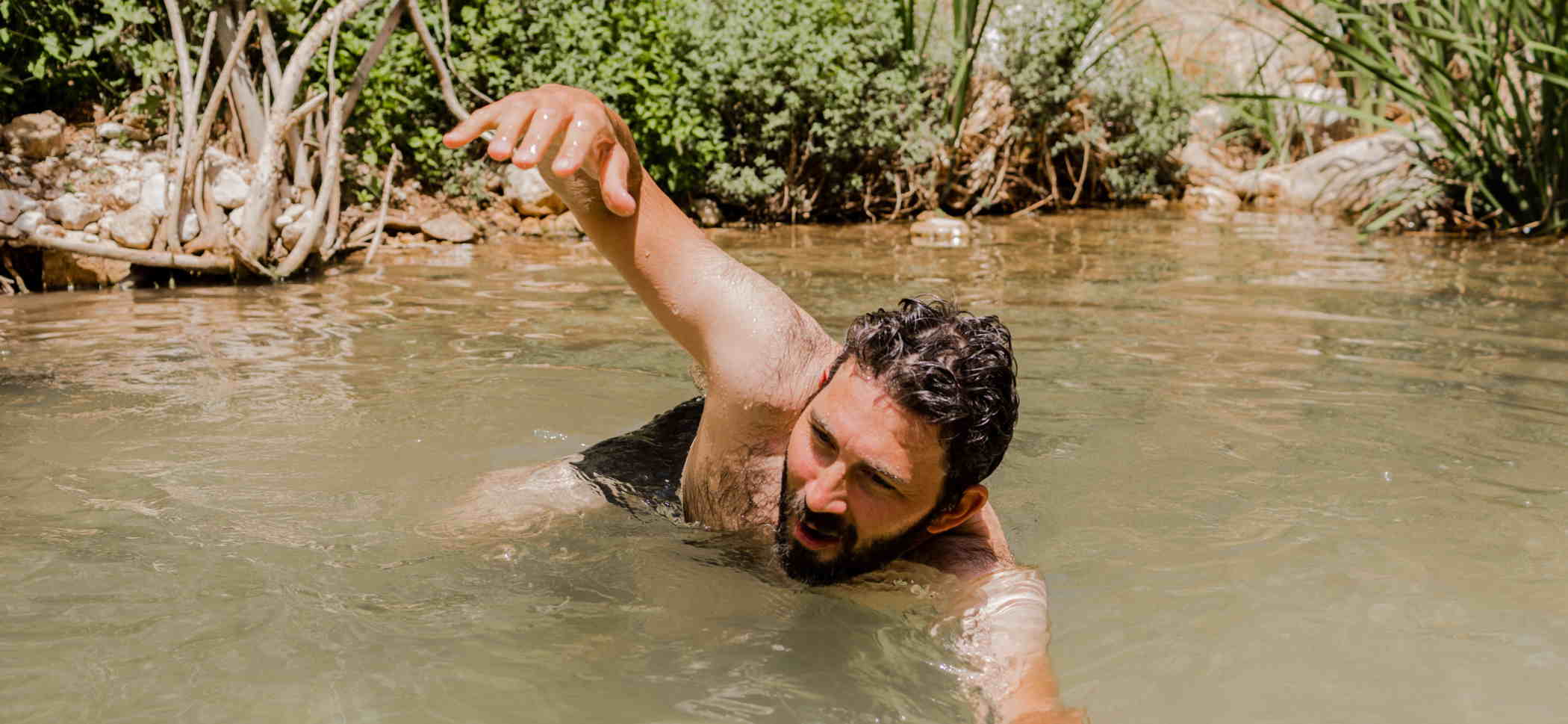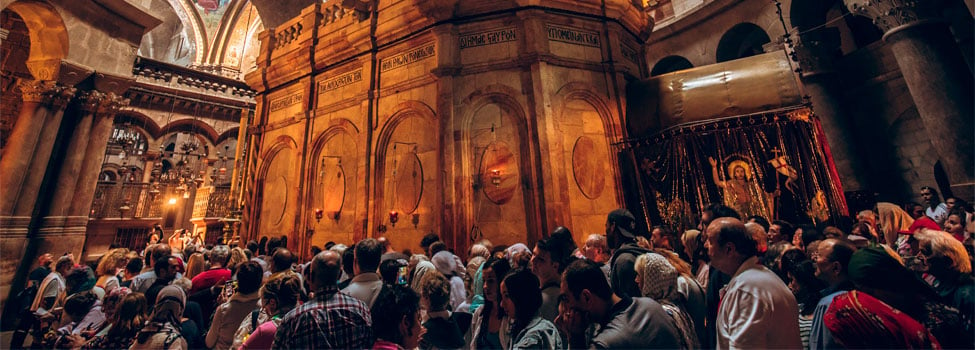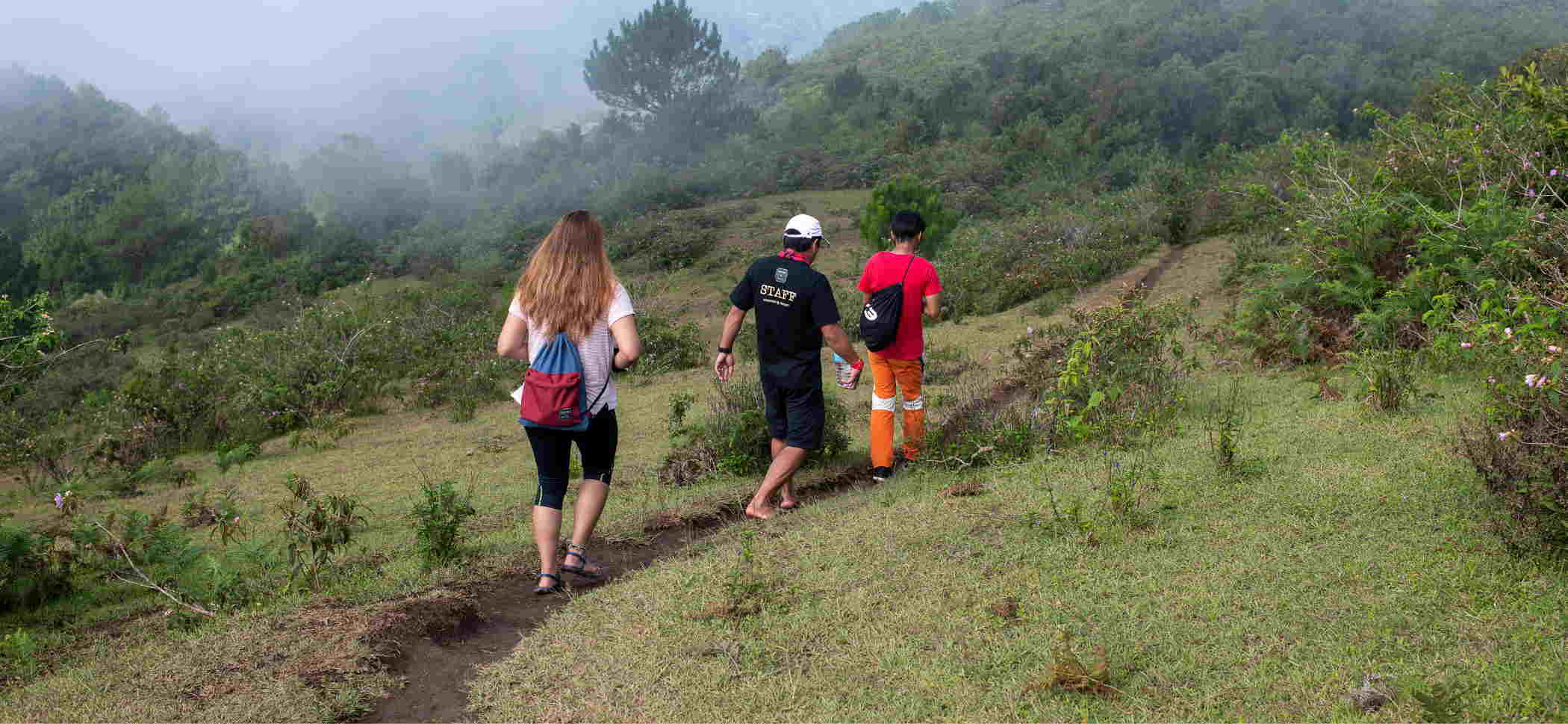Measuring around 1500km², the region overflows with sites of enchanting history, calming nature reserves, ancient monasteries, and captivating geography. You can reach the Judean Desert by car on the road leading from Jerusalem to Mount Scopus Tunnel—the unraveling desert, encapsulated by rolling desert hills, unfolding before you on exiting.
Before delving into what else awaits—first, a brief historical snapshot of the area.

History
With a rich history dating back some 12,000 years, the Judean Desert is a symbol of ancient times in the land of the bible. Jericho, claimed as the world’s oldest city and still inhabited today, is mentioned multiple times in the Old and New Testaments. Tales from the Old Testament relay the stories of King Saul and King David seeking refuge in remote terrain, as well as rebels in search of a hiding place.
Home to Bethlehem, Gush Etzion, and Hebron, the region is tied to many of the Bible’s deep-rooted narratives.
Many old-age cities trace back to the Judean Desert, such as Ein Gedi—a 6,000-year-old nature reserve, and more recently, between 37 and 31 BCE when Masada fortress was erected— monumental during a final event taking place in the First Jewish-Roman War.
At Qumran, the Dead Sea Scrolls (ancient Jewish religious manuscripts) were unearthed during excavations in 1947, followed by a decade of discoveries that revealed close to 900 scrolls. Today, you can explore Qumran National Park and step into the archaeological remains of Jewish settlements that once resided in the region
Also mentioned in the Byzantine period as a home to monks and a collection of monasteries carved into the mountains, the Judean Desert serves as a place of solitude, even to this very day.
Weather
You can expect a dry, arid climate in the Judean Desert, but much like other desert regions, the weather changes throughout the year—so it’s wise to equip for your travels depending on the month you visit.
The hottest times of the year are June-September when temperatures can soar past 104°F (40°C), and there’s barely a cloud in the sky. Be sure to pack SPF, a sun hat, sunglasses, and plenty of water for your excursions.
During winter, from December to early March, temperatures hover between the low 50s to the high 60s°F (10-20°C), interspersed with some breezy days. Bring warmer clothes to wrap up at night when that evening chill comes in. Although uncommon, rainfall occurs in the desert, with around 25-30 days of precipitation a year (during the winter months).

Famous sites in the area
The Judean Desert is chock-full of renowned sites and attractions to pique the interest of all types of travel. Some of the highlights include:
Masada National Park
Masada is a must-see on your travels to Israel. Standing as a symbol of strength and perseverance, the 2,000-year-old fortress is a lesson in history and a captivating sight to behold. The UNESCO World Heritage site overlooks the breadth of the Dead Sea and has various options for reaching its peak, including two hiking paths— the ‘Snake Path,’ the more difficult of the two, as well as a cable car ride to the top. With limited transportation to the region, the easiest option is to book a tour that has the added value of visiting other spectacular attractions in the area.
The Dead Sea
A place to float, heal, and unwind within serenity, the Dead Sea (Yam Hamelach, Sea of the Salt in Hebrew) ticks all the boxes. Once a place of leisure for ancient kings and queens, the sea, resting at the lowest place on earth, is a therapeutic wonder enveloped by the Negev mountains. Coined as a ‘natural spa,’ the Dead Sea draws in tourists from around the world to bathe in its mineral-rich water which is 10 times saltier than the Mediterranean Sea, allowing you to effortlessly float on the surface. Make sure to slather on some mud scooped from the sea’s surface—packed with minerals to nourish and replenish your skin.
Ein Gedi
Ein Gedi (translating to ‘spring of the kid’) is a freshwater spring and desert oasis located along the Dead Sea’s western shore. Mentioned numerous times in the Bible, the ancient region, with archaeological remains of around 5,000 years old, conceals hiking trails, pools, and waterfalls for cooling off, a 5th century CE synagogue, and a breathtaking botanical garden, home to thousands of plant species.
A visit to Ein Gedi is a fascinating journey into a unique desert ecosystem unique to Israel.
 Ein Gedi
Ein Gedi
Jericho & Surrounding Area
For devout Christians and ancient history buffs alike, Jericho is the city to explore countless significant sites, some dating back to 9000 BCE. Home to intriguing historical sites, the region is abundant with discoveries of bygone-eras.
From the Mount of Temptation, said to be where Jesus was tempted by the devil; to Hasmonean Palace, constructed on a hill overlooking Jericho by Hasmonean leader John Hyrcanus, and supposedly fortified during the reign of Alexander Jannaues (a king and high priest of Judea during 103 BCE to 76 BCE); and St George’s Monastery, a three-level complex founded back in 480 AD (and since restored) and phenomenal structure carved into the sheer face of the cliffs, stowing caves where monks have lived for centuries, not to mention, two churches flush with displays of painting, mosaics, and artifacts.

Qasr al Yahud Jordan River Site
Ten miles east of Jericho, at the Jordan River, is Qasr al Yahud (translated from Hebrew as ‘The tower of the Jews,’ the baptismal site of Jesus Christ by John the Baptist. The site (entry by reservation) is managed by the Israel National Parks Authority, with easier access possible since 2011, previously closed to visitors between 1967-1994.
As the third holiest site to Christians, following the Church of the Nativity in Bethlehem and the Church of the Holy Sepulchre in Jerusalem, whether religion or history is your forte, this spectacular site is a snapshot into the traditions of Christian Pilgrims who flock to the river annually for prayer, baptism ceremonies, special celebrations, and to visit several church ruins.
Herodium
An archaeological masterpiece within the Judean Desert, boasting a remarkable palace once housed by King Herod, Herodium rests upon the sloping hill where the Roman king is said to have fought off Jewish rebels in support of his enemy.
In conquering the region, Herod built the town during 23-15 BC. It is home to a once extravagant seven-level palace; the remains of an ancient bathhouse, complete with steam room and bathroom; a converted synagogue constructed around 70 AD by the Jewish rebels following the Great Revolt; and the tomb of King Herold the Great himself, discovered by Professor Ehud Netzer back in 2007.
A driver in other significant projects spanning the country, Herod also had a role in constructing Masada, the Second Temple in Jerusalem, and the ancient seaport city of Caesarea.
Wildlife
Keep your eye out for an abundance of wildlife— aside from your camels, scorpions, and snakes—dwelling in the region. A unique collection of creatures in the Judean Desert have adapted to survive within the arid environment.
Among these incredible desert-roaming species to be on the lookout for are:
The Nubian Ibex, a desert-goat species, roams close by the springs of the Judean and Negev deserts. As a dwindling species, with around 1200 remaining in the Middle East, northern and northeast Africa, their future is sadly uncertain. Nonetheless, this majestic creature, distinguishable for their long horns—and in males, their pointed beards and a dark brown stripe along their backs—ibexes have a natural ability to navigate through rock with ease.
Known as the Desert Lynx, the caracal belongs to the cat family. With long, blackened, pointy ears featuring standing tufts, the breed is also noticeable for dark spots around the eyes and a black stripe running along each side of the nose, as well as their reddish coats. Marvelous jumpers and excellent at hunting their prey, caracals are strong, robust, and tend to be nocturnal to avoid the hotter weather.
The Sinai Agama is a type of lizard found in Israel, eastern Egypt, Libya, Syria, and other regions. With a small body, extending tail, and long legs, the lizard can climb with ease and remain upright. The creature has been spotted within the Judean Desert feasting on insects and ants, and during mating season, the male Sinai Agama turns blue in a bid to attract females, who feature brownish spots on their sides.
If you’re lucky enough to spot a glimpse, the shy gazelle is a graceful creature said to symbolize the land of Israel. Two types of gazelle—the Israeli and Mountain Gazelle—inhabit the country, with the endangered Arava Gazelle found in the southern Arava Desert. The species of antelope, which can survive in soaring temperatures, are known for their tall, lean legs (that carry them at speed), dark brown body, white belly, short tail, and angled pointy ears framing their narrow face, gentle face. Males sport long, straight horns, whilst females are more fragile within nature.
If this post makes you want to visit the Judean Desert, don’t miss our Judean Desert Jeep Tour! We will take on a once in a lifetime adventure in the Judean Desert. We recommend checking out our Masada and Masada Sunrise tours. The trips include Masada National Park, Ein Gedi National Park and the Dead Sea. The tours depart from both Abraham Hostel Jerusalem and Abraham Hostel Tel-Aviv.




